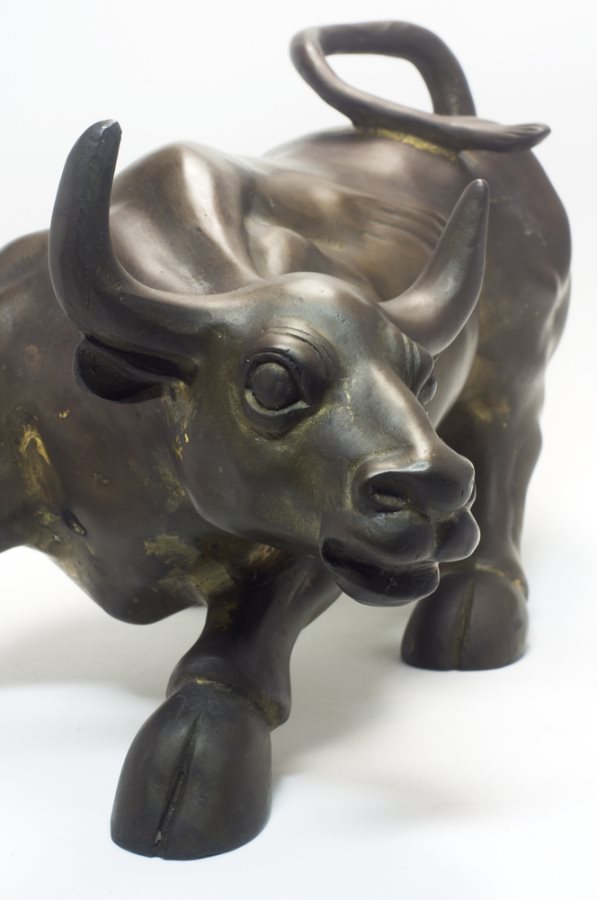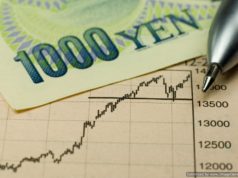
What does a Market Trend mean?
• A market trend refers to the tendency of a financial market, such as a stock market, to move in a particular direction over time. Market trends are classified only in long time frames, medium time frames and lasting short times. Understanding the concept of market trends is vital, especially to traders, who utilize momentum and investor confidence when trying to earn a profit with quick stock trades.
• A trader will identify market trends using technical analysis; this concept characterizes market trends as predictable price fluctuations within the market place in relation to support and resistance levels, which vary over time. A bear and bull market are common terms–ones that we hear almost daily on financial talk shows—used to describe downward and upward market trends respectively. These terms can be used to describe a marketplace as a whole or individual sectors and securities.
Types of Market Trends:
• Market trend, as stated before, is somewhat of a broad term that is used to denote the fluctuation of a market in one direction or the other over an established period of time. For instance, a secular market trend refers to any long-term trend that lasts 5 to 25 years and consists of a series of smaller or primary trends.
• Due to the fact that the secular trend measures such a long time frame, a secular bear market may consist of numerous smaller bull markets; that being said, if the trend is bearish over that significant of a time, the market will undoubtedly have more and larger bear markets than bulls. In a secular bull market, the prevailing trend is upward moving; the United States experienced a secular bull market during the early 80s up until 2000, even with brief recessions in 1987 and the dot.com collapse in 2000.
• A secondary market trend signifies a short-term change in price direction within a primary period; the duration lasts from a few weeks to a few months. A common type of secondary market trend is known as a correction, where a short term price decline b/t 5 to 20% forces the market downwards, but not into a recession. By contrast, another type of secondary market trend is known as a rally, which consists of a market price increase of 10 to 20%. The last type of market trend is the primary market trend, which has broad support throughout the entire market and lasts for a year or more.
What is a Bull Market?
• A bull market, as stated above, refers to a prolonged period of increasing capital gains and rising stock prices. A bull market typically occurs for a number of reasons, including increased investor confidence and increased investing in anticipation of future profit or stock price increases. A bull market will form for a number of reasons and the majority of bullish trends will begin before the economy as a whole shows a clear sign of recovery or strengthening.






























